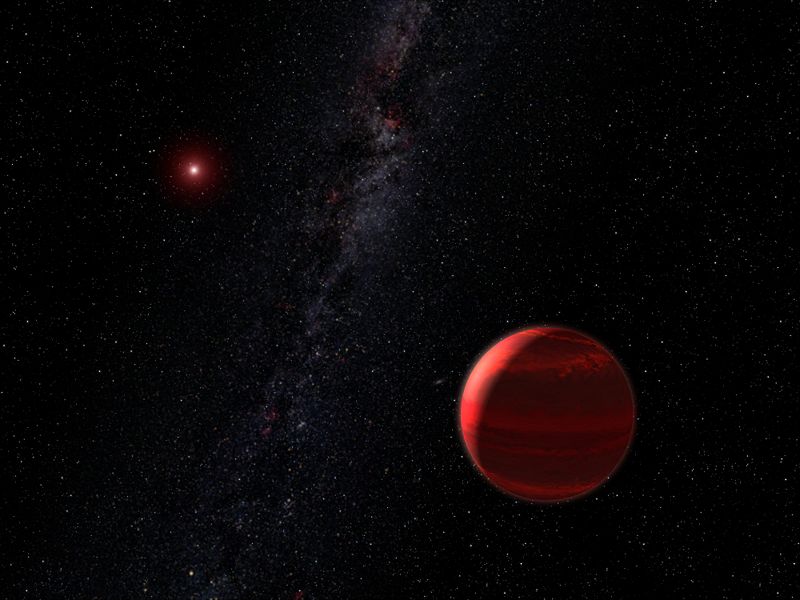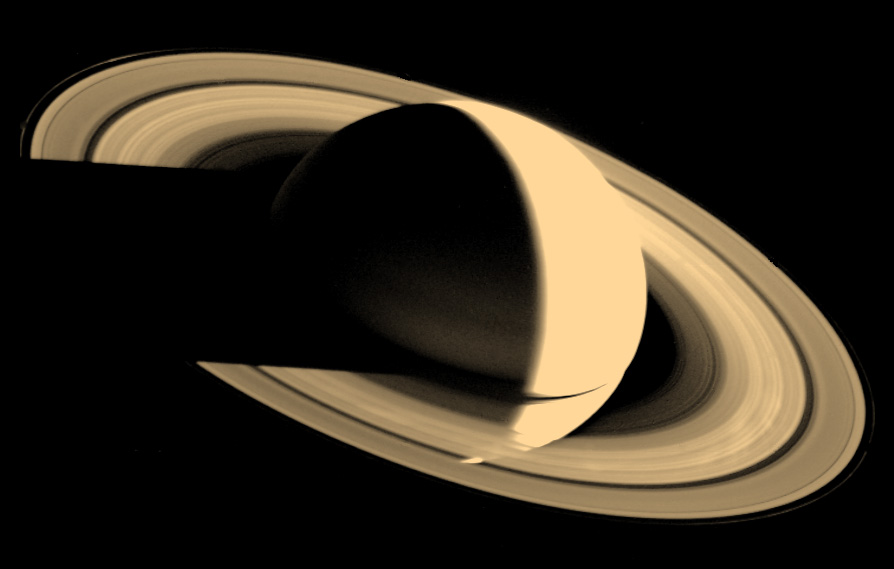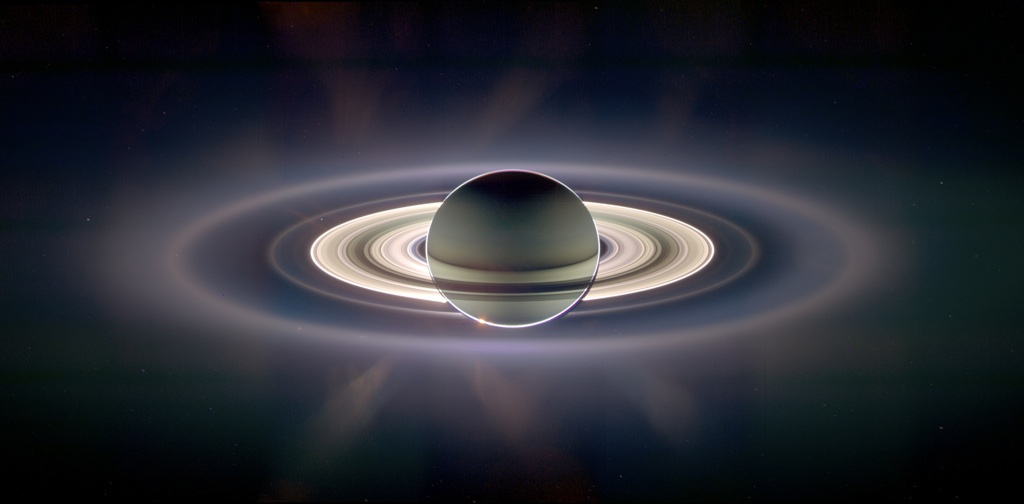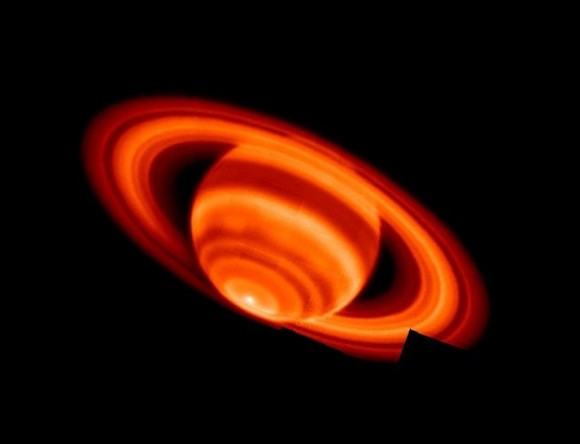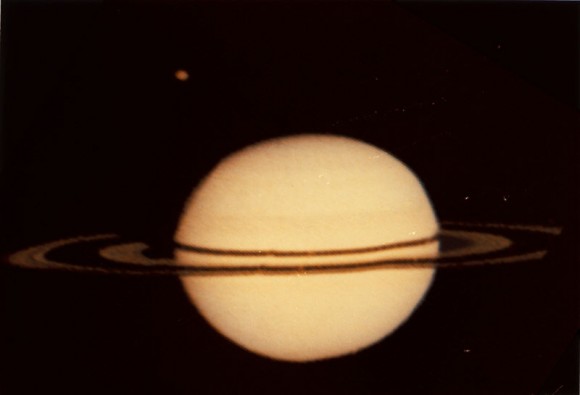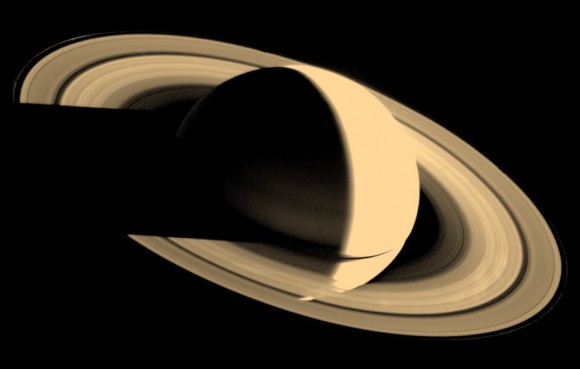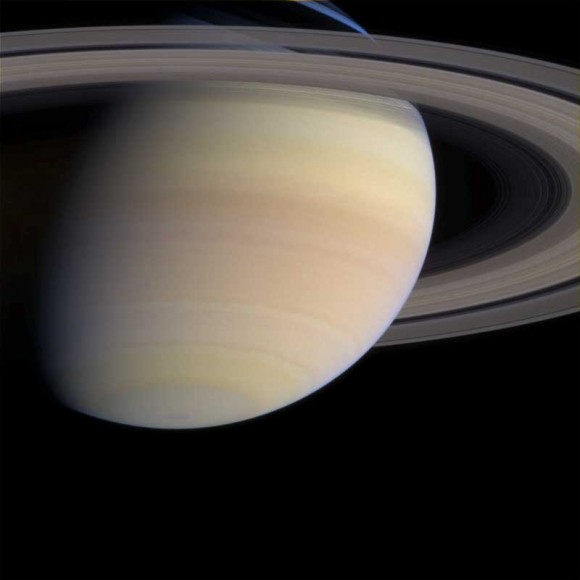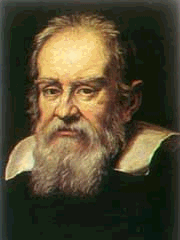The answer to ‘how many stars are in the Solar System’ is pretty straightforward, or is it? There is only one star that has ever been observed in our solar system, but some scientists have theorized that there is a second star out beyond the Oort Cloud that only comes close enough to be observed every 32 million years. That length of time between observational periods would explain why a human has never proven its existence.
As scientists explore our galaxy, it seems that ours is a somewhat unique solar system in many ways. Most do not have as many orbiting bodies and very few are single star systems. A majority have at least two stars(binary). A system could theoretically have an unlimited amount of stars. Systems with up to six stars have been observed.
Now, a little more about the theoretical companion star within our our solar system. The other star would have to be a red or brown dwarf and has been given the name Nemesis. In 1984, a pair of scientists, Raup & Sepkoski, claimed that mass extinctions, like the one that killed the dinosaurs, occur every 32 million years. The most widely held theory for the demise of dinosaurs is an asteroid or cometary impact, so the length of time would suggest that some mechanism is needed to disturb the comets in the Oort Cloud every 32 million years. Richard Muller, among others, hypothesized that a companion that orbits the Sun in that period could be the explanation. To prove their theory, Muller and a few colleagues embarked on a search for Nemesis. The team ran into this hurdle immediately; ‘Every star of the correct spectral type and magnitude must be scrutinized. … We are currently scrutinizing 3098 fields, which we believe contain all possible red dwarf candidates in the northern hemisphere.’ With nearly 3,100 possibilities in the Northern Hemisphere alone and a limited number of clear observational days, it is easy to see how daunting this task is.
Just to be clear, there is no evidence of any kind that makes scholars think that there is a companion star in our Solar System. It is a theory based solely on a need to explain the periodic mass extinctions that our planet has experienced. So, the only answer to ‘how many stars are in the Solar System’ that can be proven through observation is one…the Sun.
Here’s an article about a possible Planet X, and how it could disrupt the Solar System (and how it probably doesn’t exist), and an article about how multiple star systems come together.
Here’s Wikipedia’s entry on Nemesis, and another answer to the question from NASA.
We have recorded a whole series of podcasts about the Solar System at Astronomy Cast. Check them out here.
References:
NASA Ask an Astrophysicist
Nineplanets.org
Wikipedia

